
OR
Newar community celebrating Gathe Mangal festival today
Published On: July 15, 2023 01:00 PM NPT By: Republica | @RepublicaNepal
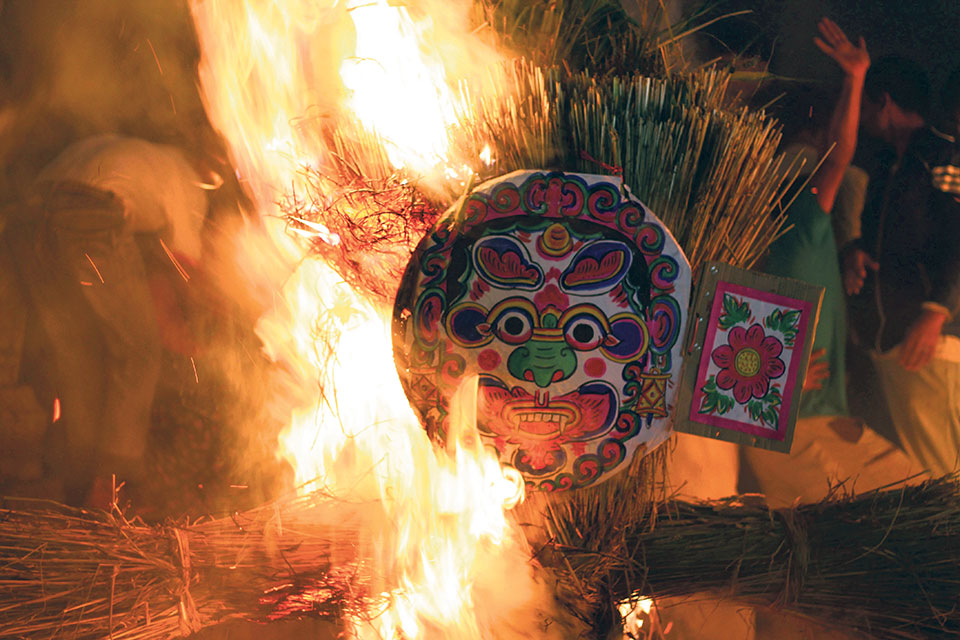
KATHMANDU, July 15: On the occasion of Shrawan Krishna Paksha Gantakarna Chaturdashi, the Newar communities living in various parts of the country, including Kathmandu Valley, celebrate Ghathe Mangal festival in a grand manner by worshiping Gantakarna and praying for peace at home.
Also, wishing for peace in their home, they also exorcise demons from their homes so that their families do not get sick. This festival is celebrated in a special way in Bhaktapur. The style to celebrate this festival is different from the Newar community of other places. On this day, there is a tradition in the Newar community to wake up early in the morning to clean the house and after bathing everyone in the house, go to the temple of Mahadev and Narayan and bring water to sprinkle the whole house with that water to purify home. While purifying the house, all the utensils that are used in daily life should also be washed and made clean. It is believed that no one should eat until the water is sprinkled.
After cleaning the house, the Newar community performs bau vai jya (exorcism). The practice of keeping a small curd bowl made of raw clay or Salicha (a type of earthenware pot) with beaten rice lumps, scallions, garlic, red chilies, black soybeans, colorful flags, and lights made by wrapping cloth in wooden stick and taking them to the point where two roads diverge or where four roads diverge. This practise is called chasing away evil spirits.
Along with Bau Vai Jha, five-colored peacock feathers and three-legged iron nails are nailed to the main door and main door of the house. It is believed that ghosts cannot enter the house.
It is also customary to wear iron or copper rings to the small children of the house. It is also customary for adult girls to carve different types of tattoos on the day of Ghantakarna, especially on the legs.
Similarly, in the evening, Chhwali Pwa: Vaigu Jya (burning the wheat stalk and throwing it into the fire) is performed from the house. In the bundle of wheat stalk, people put crab, sisno (stinging nettle), corn cob, branch of peach tree, special type of flower called Dhu Swaan and Bau Swaan and circumambulate in whole part of the house.
On the occasion of the Gantakarna festival, the people of the community make an image of an anthropomorphic monster made of reeds and wheat stalk and place it in the streets. Along with this, there is a tradition of making a person a symbol of a demon to collect money.
In the evening, the reeds and wheat stalk, which are symbols of the demon, are taken to the nearest river, street and outside the city along with various utensils and burnt. There is a tradition of singing songs using obscene words in the lake along with playing traditional musical instruments while the demon effigy is being burnt.
This festival is also considered by the farmers as 'Sinajya Bankegu' (the completion of planting work) and a signal festival for the beginning of the festival. In the Newar community, Sinajya Byankegu festival is celebrated as a house cleaning and mud washing festival after planting.
Historian and cultural expert Purushottamalochan Shrestha says that Gantakarna festival has been in vogue in the Newar community since ancient times.
He said that this festival has been celebrated in Kathmandu valley since about 2,000 years ago. Cultural expert Shrestha says that this festival is a motivation to change the negative thinking and behavior of people and it is also considered as a festival to wish for peace in the individual, family, society and the country.
According to the popular legend, it is called Gantakarna festival because it is worshiped as a demon who walks around with bells hanging from his ears. Ghantakarna is also considered as a symbol of Shiva. Gantakarna was a great devotee of Shiva. He did not even like to hear the names of other gods and goddesses except Shiva.
Gradually, the demon began to sit on the streets and eat what he got, beg from the people walking on the streets, cause suffering to the people, commit adultery with women and girls. One day, when he was very hungry, he went out in search of food and met a frog. He asked the frog where the human settlement was. The frog sent Ghantakarna to show him the way to a swampy land and told him that there was a human settlement there. Ghantakarna went towards it but he got caught in the quick sand. The more he tried to get out, the more he slipped.
As it was evening time, he was stuck in that sand all night. The next morning the villagers stoned him to death.
In the Rudrayamal Tantra there is a story of a tantric (Occulitis) killing a demon by taking the form of a frog. Therefore, it is believed that the tradition of making a symbol of Gantakarna and raising it to the world on the Chaturdashi date of the Krishna Pakchya of the month of Shrawan so that the evil deeds of the Gantakarna will not be repeated, and in the evening, dancing with instruments and taking it to a nearby river, pond or road and burning it.
From this day, traditional dances and musical instruments are taught in the Newari community. The Newari community also starts training in satirical plays along with the traditional goddess dance performed during the Gaijatra after the Gantakarna festival. For the famous Navadurga dance of Bhaktapur, the process of making masks starts from this day.
In particular, the Gathamung festival is considered as a festival to send off ghosts, evil spirits , dakinis/shakinis (female demon), devil, etc., called by tantric methods, especially for farmers to get help for planting on the day of Akshaya Tritiya in the month of Baisakh.
You May Like This
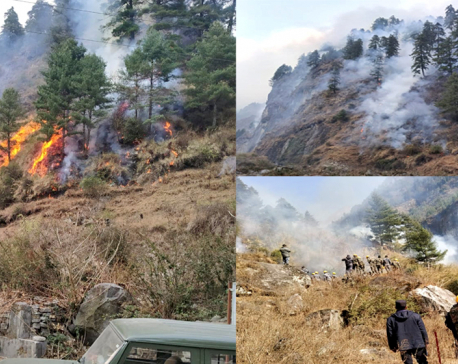
Gandaki Province reports cases of forest fire at 467 locations
GANDAKI, April 29: Various 467 locations in Gandaki Province presently report incidents of forest fire. According to the Province Forest... Read More...
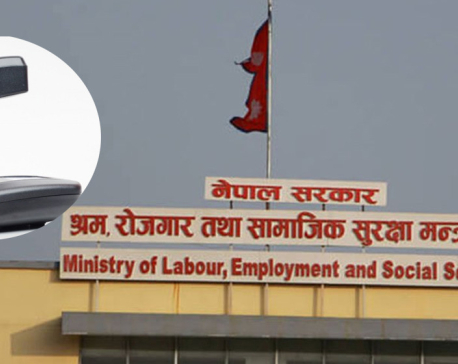
MoLESS launches ‘Shramadhan Call Center’ to promptly address labor and employment issues
KATHMANDU, April 29: The Ministry of Labor, Employment and Social Security (MoLESS) has introduced the Shramadhan Call Center (Operation and... Read More...
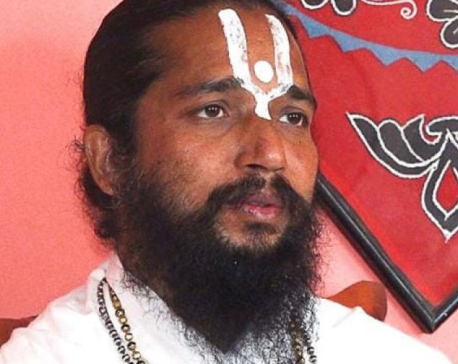
Biratnagar High Court orders Krishna Das Giri to appear before court within one month in disciple rape case
ITAHARI, April 29: The Biratnagar High Court has summoned Krishna Das Giri, popularly known as Siddhababa of Chatara, Sunsari, in... Read More...

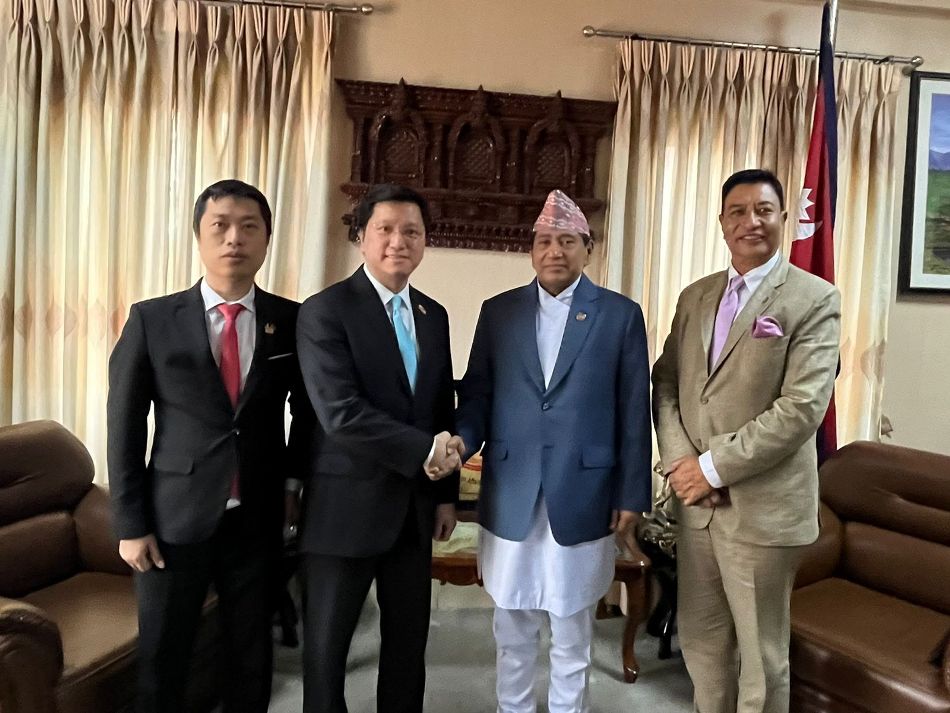


Just In
- Nepal and Vietnam could collaborate in promotion of agriculture and tourism business: DPM Shrestha
- Govt urges entrepreneurs to invest in IT sector to reap maximum benefits
- Chinese company Xiamen investing Rs 3 billion in assembling plant of electric vehicles in Nepal
- NEPSE inches up 0.07 points, while daily turnover inclines to Rs 2.95 billion
- Gandaki Province reports cases of forest fire at 467 locations
- Home ministry introduces online pass system to enter Singha Durbar
- MoLESS launches ‘Shramadhan Call Center’ to promptly address labor and employment issues
- Biratnagar High Court orders Krishna Das Giri to appear before court within one month in disciple rape case






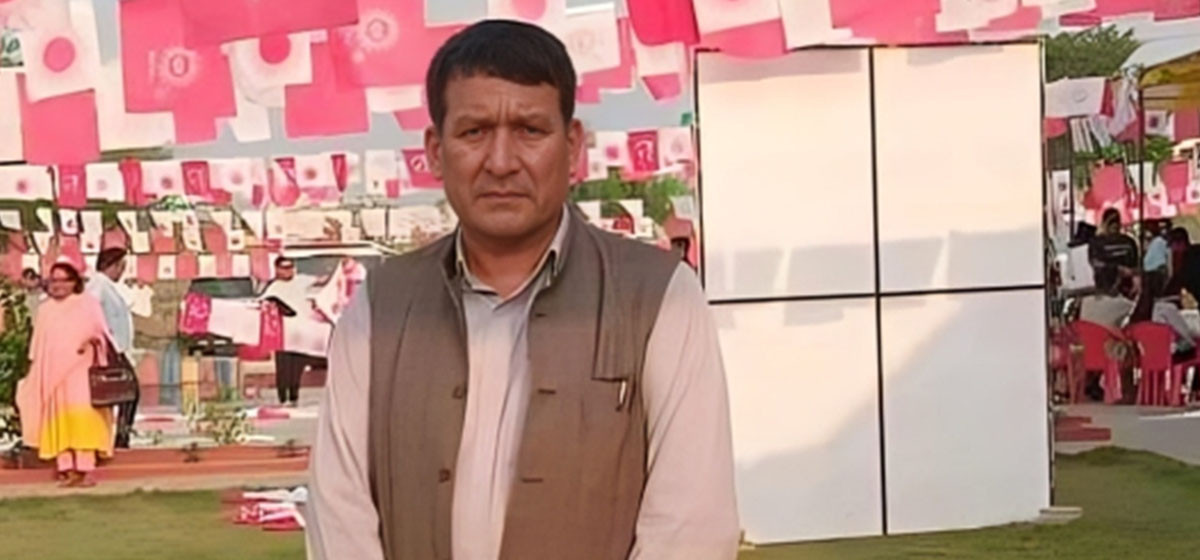

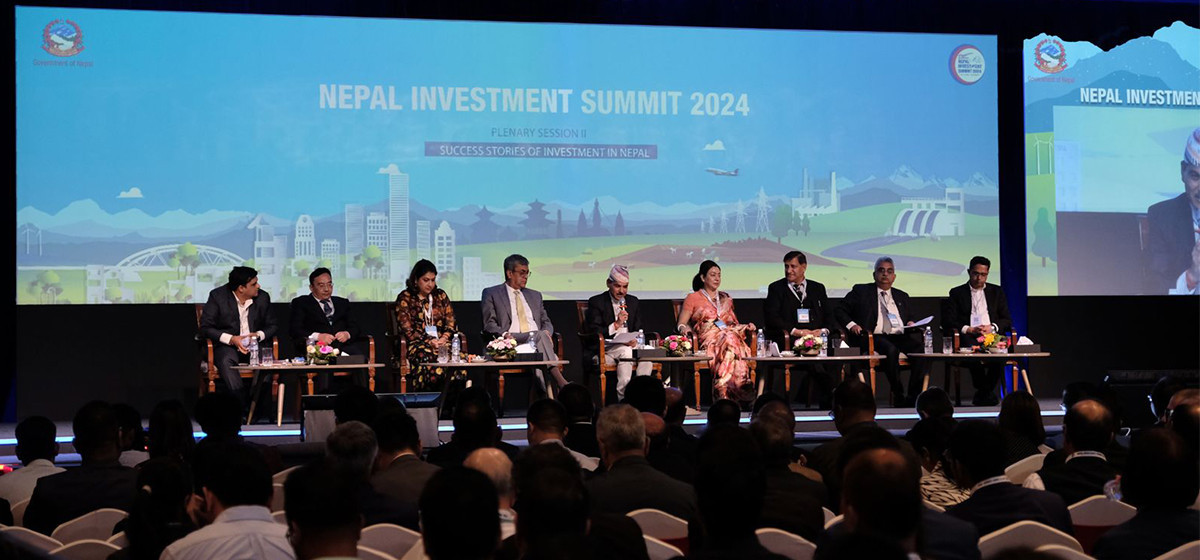





Leave A Comment